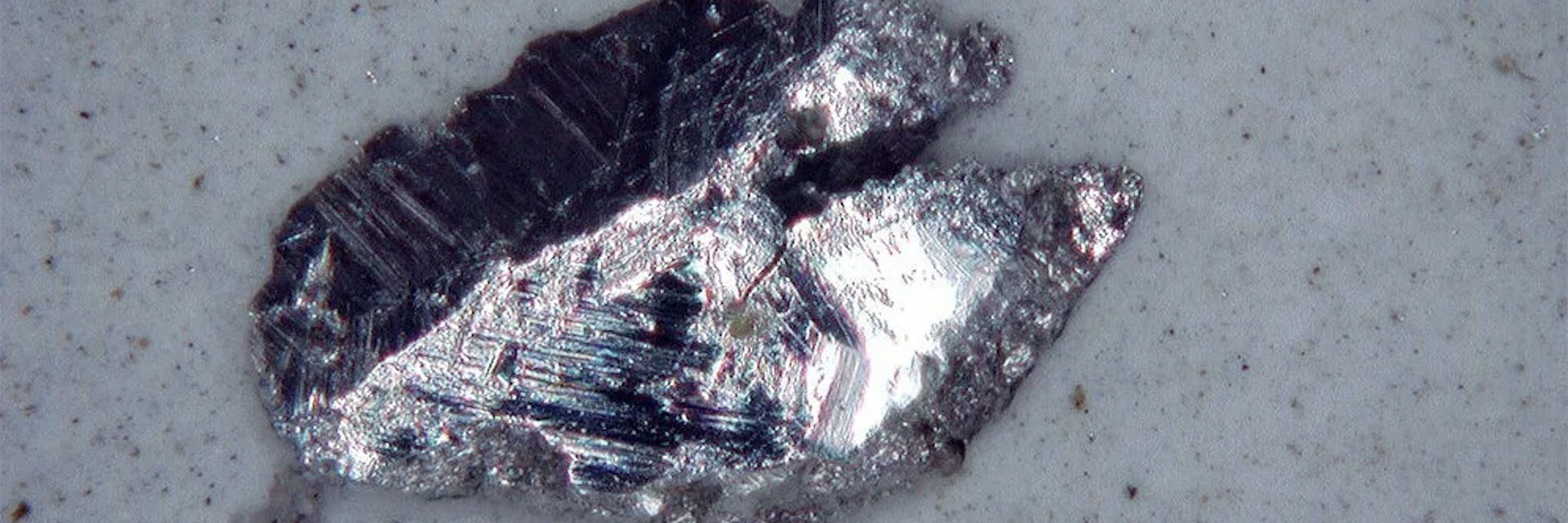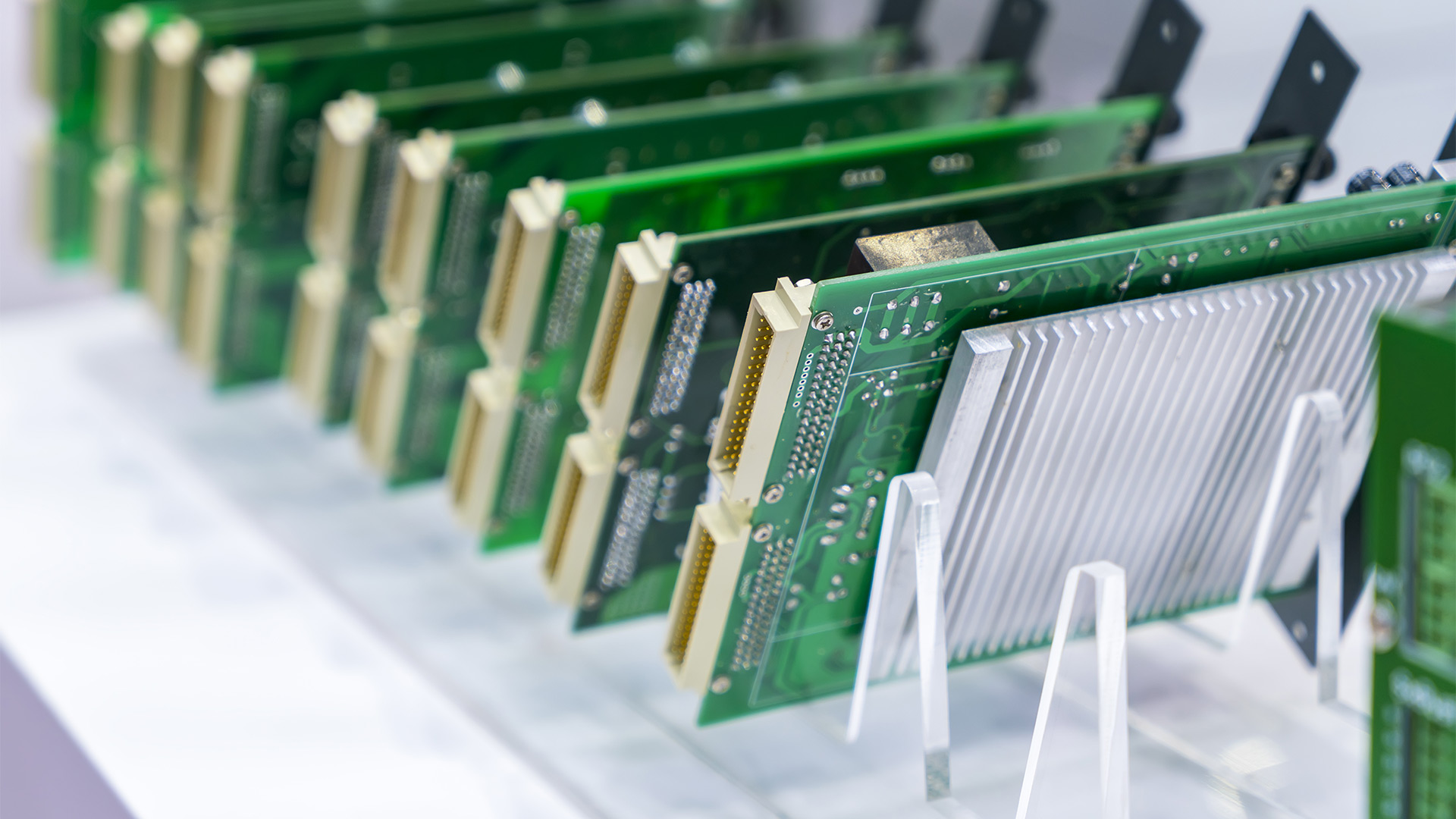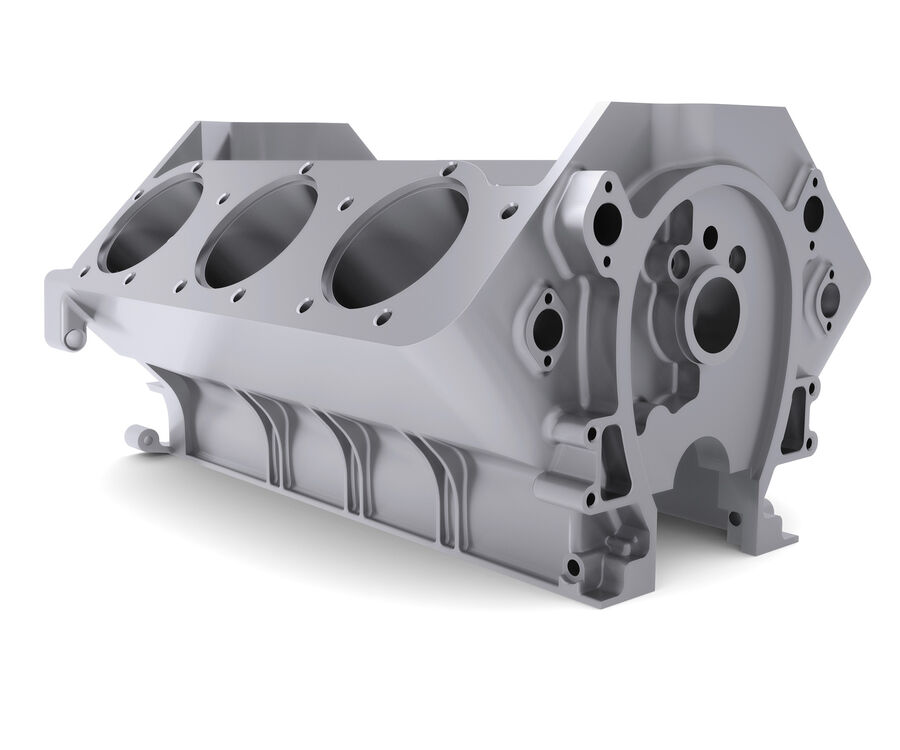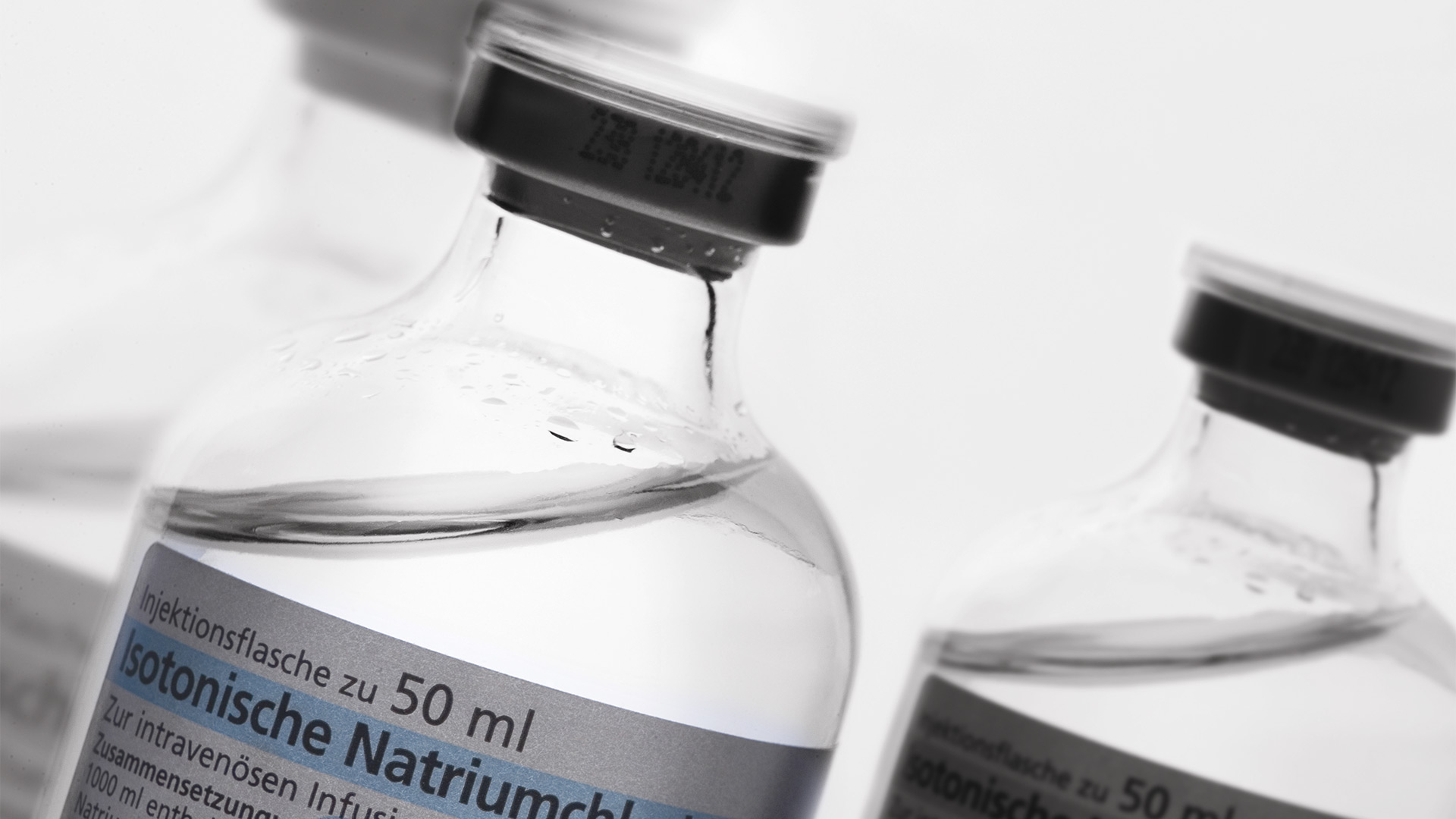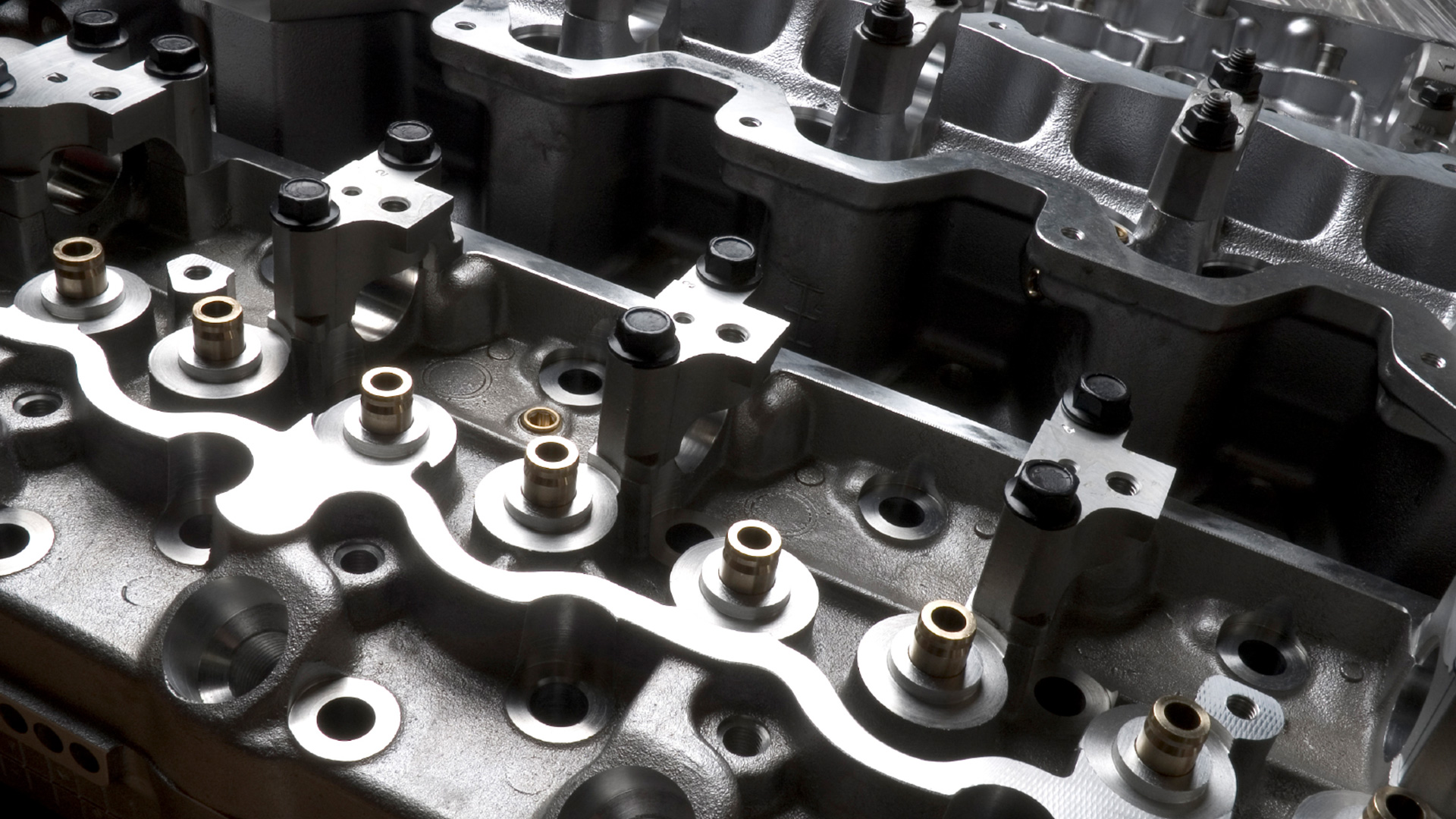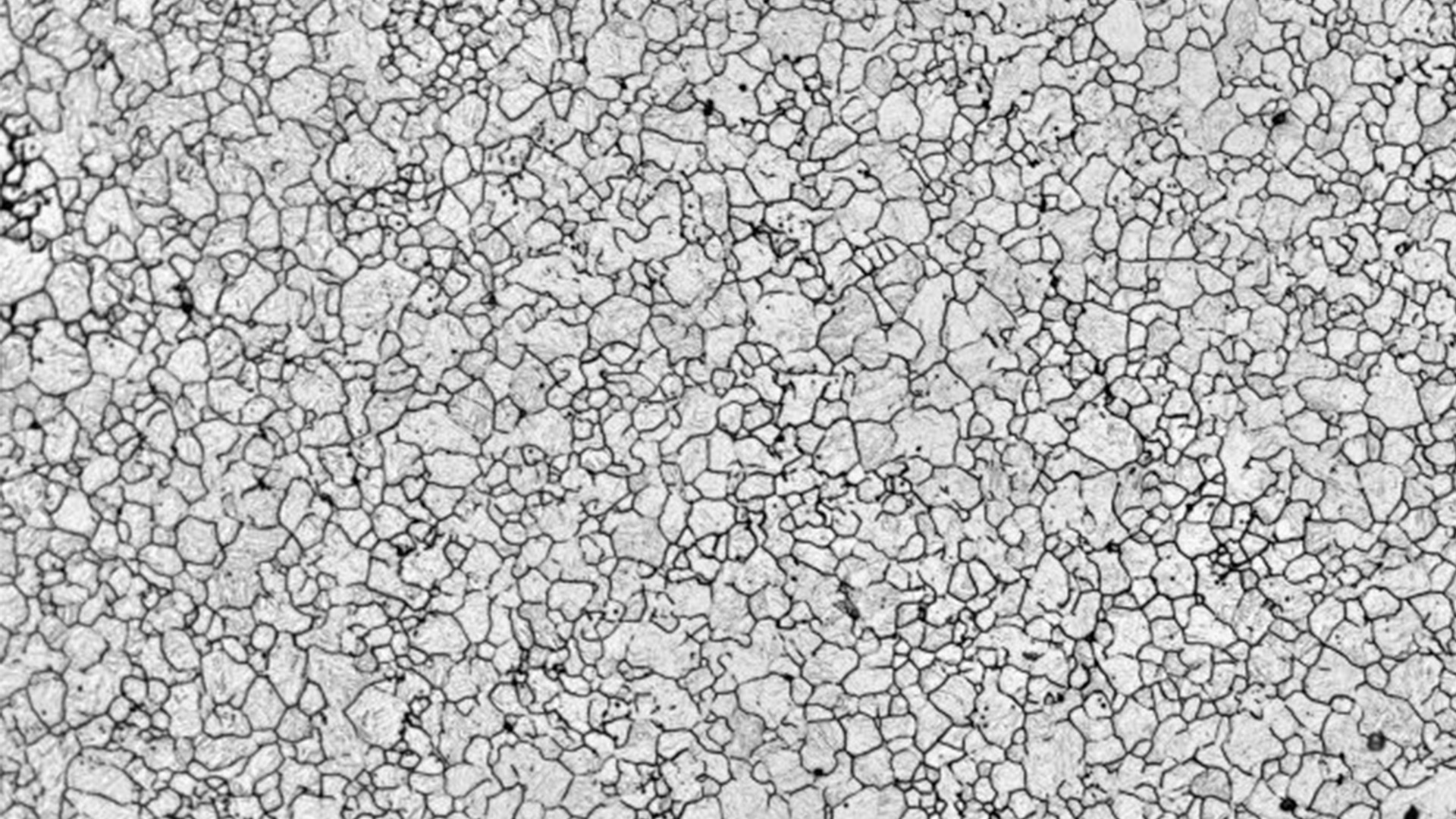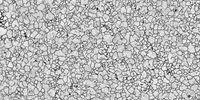요건과 예산에 맞는 기술 청정도 솔루션에 관한 전문가의 조언이 필요하다면 현지 이미징 전문가와 상담해 보세요.
분석을 높은 처리량으로 수행할 수 있을까요?
기술 청정도 분석에는 일반적으로 분석할 샘플 또는 필터가 많기 때문에 시간이 많이 소요될 수 있습니다. 그러나 더 짧은 시간에 더 많이 분석하면 처리량과 효율성을 높일 수 있습니다.
라이카 청정도 솔루션은 최적화된 알고리즘을 통해 스캔 및 데이터 분석에 소요되는 시간을 줄이고 여러 샘플을 한 번에 결합시킵니다.
미립자의 손상 가능성이란 무엇일까요?
입자가 단단하고 클수록 손상 가능성이 높아집니다. 입자의 유형을 신뢰할 수 있고 정확하게 평가하기 위해서는 반사성이 있는 입자와 비금속 입자를 구분하고, 입자의 크기를 3차원으로 측정하는 것이 필수적입니다.
라이카 마이크로시스템즈의 청정도 분석 및 입자 계수 현미경은 입자에 관해 더 많은 인사이트를 얻고 입자 오염의 원인을 식별하는 데 도움을 드립니다.
기술 청정도 표준을 준수해야 하는 이유는 무엇일까요?
국제 또는 지역 시장에 진출하거나 사용자 사양을 충족하도록 다양한 청정도 지침 및 표준을 따를 수 있습니다.
라이카 솔루션은 자동차 부품 및 구성요소에 대한 ISO 16232 및 VDA 19, 윤활유 및 유압 유체, 오일, 의약품 제품에 대한 USP 788을 비롯한 다양한 가이드라인과 표준을 충족할 수 있도록 지원합니다.
항공우주 회사인 Allinox는 Cleanliness Analysis Advanced System을 사용하여 중요 부품의 까다로운 입자를 분석합니다.
이 솔루션을 사용하여 크기가 5µm인 작은 입자를 분석하고 3차원에서 정확하게 측정하며, 항공우주 표준(예: P4TF21)에 따라 반사성 입자와 비반사성 입자를 구분합니다.
이 솔루션 덕분에 청정도 분석의 효율성을 높이고 제품의 품질과 신뢰성을 크게 향상시킬 수 있었습니다.
라이카의 현미경을 청정도 분석에 사용하는 이유는 무엇일까요?
라이카 마이크로시스템즈의 기술 청정도 분석을 위한 현미경은 생산 속도와 비용 효율성을 유지하면서 입자 검출과 관련된 문제를 해결하는 데 도움을 드립니다.
{{ question.questionText }}
답을 선택해 주세요!
베스트 매치
{{ resultProduct.header }}
{{ resultProduct.subheader }}
{{ resultProduct.description }}
{{ resultProduct.features }}
정보 패키지 요청하기
기술 청정도: 전자 산업
전자 산업에서는 구성요소의 청정도가 특히 중요합니다. 전도된 입자는 PCB에 단락을 일으키는 등 입자 오염으로 인해 고장의 위험이 높아질 수 있기 때문입니다. 이제는 전기 운송수단도 있습니다. 배터리와 전자 부품이 장착된 전기차가 여기에 해당됩니다. 전자 산업이 일반적으로 따르는 청정도 표준은 ZVEI 지침입니다.
공급업체와 제조업체는 청정도 분석을 경제적으로 실시하려면 품질을 저하시킬 수 있는 입자들의 전도성 특성을 효율적으로 결정해야 합니다. 자동 분석은 효율적인 프로세스를 위한 핵심 요소로, 여기에는 일반적으로 광학 현미경을 사용합니다. 단일 솔루션으로 입자 구성을 효율적으로 결정할 수 있다는 것은 사용자에게 큰 이점입니다.
예시: 전자 보드 생산
기술 청정도: 자동차 및 운송
자동차 산업에서는 시스템의 잔류 오염이 성능과 수명에 영향을 미치는 경우가 많습니다. 자동차 청정도의 일반적인 표준 및 지침은 ISO 16232 및 VDA 19입니다.
공급업체와 제품 제조업체가 효율적이고 경제적인 청정도 분석을 하기 위해서는 위험도가 높은 "킬러 입자"처럼 입자의 잠재적 손상 유발 가능성을 나타내기 위해 무엇을 측정할 것인지 동의해야 합니다.
자동 입자 분석은 효율적인 프로세스를 만드는 데 중요한 역할을 합니다. 광학 현미경은 이러한 프로세스에서 광범위하게 사용되는 방법입니다. 이 프로세스의 목표는 오염원을 찾아 제거하는 것입니다. 이처럼 오염원을 효율적으로 식별할 수 있는 솔루션은 사용자에게 큰 이점을 제공할 것입니다.
예시: 엔진의 실린더 블록
기술 청정도: 제약
제약 제품에 미립자 오염이 발생하는 원인은 다양할 수 있습니다. 이러한 오염으로 패혈증, 염증 반응, 장기 기능 장애, 정맥염, 폐동맥염을 유발할 수 있어 환자에게 위험할 수 있습니다. 제약 산업에서 사용되는 표준은 USP 788입니다.
미립자 오염은 광학 현미경으로 식별할 수 있습니다. 입자를 육안으로 분석하면 오염원을 파악하기가 어려울 수 있습니다. 원소/화학적 분석으로 성분을 알 수 있으므로 오염원(근본 원인 분석)을 알아내는 데 드는 시간과 노력이 줄어듭니다. 시각적 및 화학적 분석 솔루션은 상당한 이점을 제공합니다.
예시: 정맥주사액 의약품 생산
Comparison table
Emspira 3 | M125C | DM6 M | DM6 M + LIBS | ||
| 권장 입자 크기 | 25µm까지 | 10µm까지 | 5µm까지 | 5µm까지 | |
| 금속 및 비금속 입자의 구별 | 완전 자동화 | 수동 | 완전 자동화 | 완전 자동화 | |
| 입자와 섬유질 간의 구별 | 완전 자동화 | 완전 자동화 | 완전 자동화 | 완전 자동화 | |
| 입자 측정 | X 및 Y | X 및 Y | X, Y 및 Z | X, Y 및 Z | |
| 입자 조성의 화학적 분석 | 아니요 | 아니요 | 아니요 (업그레이드 가능) | 예 | |
| 권장 응용 분야 | 기술 청정도 (ISO 16232, VDA 19) | 기술 청정도 (ISO 16232, VDA 19), 유압 유체의 미립자 오염 (ISO 4406, DIN 51455), 의약품의 미립자 오염 (USP 788) | |||
기술 청정도에 대해 자주 묻는 질문
예. 보고서 템플릿은 사용자 정의 가능한 Excel 파일로 제공됩니다.
예, 청정도 전문가 소프트웨어를 사용하면 자동화된 도구로 입자 높이를 측정할 수 있습니다. 높이는 입자의 최저 및 최고 초점 위치를 사용하여 쉽게 측정됩니다.
아니요. 모든 라이카 기술 청정도 솔루션에는 자동 초점 기능이 있어 자동으로 적절히 초점을 잡습니다.
정의에 따르면 입자의 길이가 최대 페럿입니다. 입자의 폭에는 최소 페럿 또는 최대 내접원 직경을 사용할 수 있습니다.
예, 반사의 존재 여부에 따라 간접적으로 가능합니다. 즉, 반사 입자와 비반사 입자를 구분할 수 있습니다. 반사 여부는 조영 증강 편광 현미경 기술을 사용하여 확인합니다. 입자 조성은 LIBS(레이저 유도 붕괴 분광법)로 측정할 수도 있습니다.
예. 라이카 마이크로시스템즈의 기술 청정도 솔루션은 청정도 분석 및 결과 보고 시 사용자 정의 표준에 따라 설정할 수 있습니다.
예. 청정도 분석 솔루션은 재현 가능하고 신뢰할 수 있는 결과를 위해 사전 정의한 설정을 저장하고 불러올 수 있습니다.
입자가 손상을 일으킬 가능성은 자동화된 입자 차이를 사용하여 측정할 수 있습니다. 예를 들어, 반사(주로 금속) 또는 비반사(주로 비금속) 입자, 입자 높이 및 LIB(레이저 분광법)를 사용한 입자 조성 등이 해당됩니다. 일반적으로, 더 단단하고 큰 입자일수록 손상 가능성이 더 큽니다.
예, 라이카 마이크로시스템즈의 다중 샘플/필터 홀더를 사용하면 자동 입자 분석을 사용하여 워크플로우를 단순화할 수 있습니다.
운송 산업에서 청정도 분석 시 따르는 표준으로, VDA 19(독일 자동차산업협회)처럼 제품 구성요소의 미립자 오염을 정량적으로 측정합니다.
ISO 16232는 자동차 산업의 주요 표준 중 하나로, 청정도 분석에 사용되는 크기에 따른 입자 등급, 입자 식별을 위한 임계값, 이미지 설정 등의 일반 매개변수에서 허용되는 정의와 범위를 제시합니다.
"기술 청정도"라는 용어는 다양한 산업에서 제품 및 그 구성요소를 제조하는 데 사용됩니다. 제품 품질은 공기 중이나 액체를 통해 운반되는 입자로 인한 오염에 매우 민감할 수 있습니다. 따라서 자동차, 항공우주, 마이크로일렉트로닉스, 제약, 의료기기 산업은 표면 오염 및 효율적인 오염 관리를 위해 엄격한 요건을 갖추고 있습니다.
전자 산업이 일반적으로 따르는 청정도 표준은 "전기 엔지니어링의 기술 청정도"라고 부르는 ZVEI 지침(독일 전기전자 제조협회)입니다.
ISO 4406 국제 표준은 유압유 동력 시스템에 사용되는 유압유의 고체 입자량을 정의하는 데 사용되는 코드를 명시합니다. 이 코드의 목적은 입자 수를 광범위한 등급 또는 코드로 변환하여 입자 계수 데이터 보고를 단순화하는 데 있습니다. 여기서 한 코드가 증가하면 일반적으로 오염 수준이 두 배로 증가합니다.
DIN 51455 표준은 신선한 미네랄 및 합성 오일(첨가제 함유 무관)에 적용됩니다. 오일 샘플의 일부는 멤브레인 필터를 통해 여과되고 필터의 잔류물은 용매를 사용하여 오일 없이 세척됩니다. 필터의 입자는 광학 현미경을 사용하여 개수와 크기에 따라 결정됩니다. 입자 계수는 ISO 4406에서 정한 코드화된 입자 크기에 따라 개별적으로 결정됩니다.
USP 788란 무엇입니까? USP 788은 의료 분야에서 사용하는 주사형 유체 및 액체에 적용되는 미립자 물질 검사 방법에 관한 표준입니다. 정맥(IV) 수액, 약물 주사 등이 이에 해당합니다 미립자 물질이란 주사형 유체 안에 의도치 않게 존재하는 용해되지 않은 입자로, 원치 않는 독성이나 부작용을 유발할 수 있는 물질을 의미합니다.
